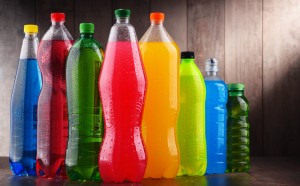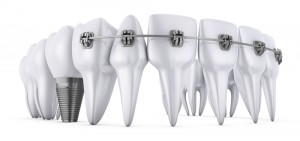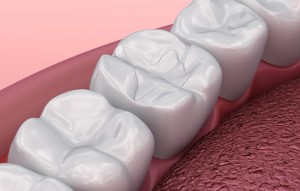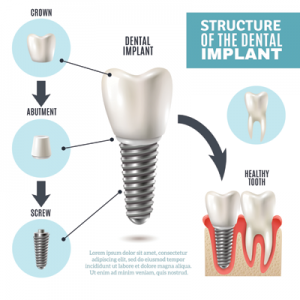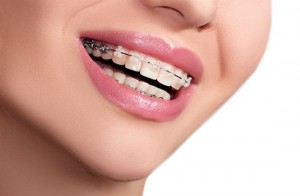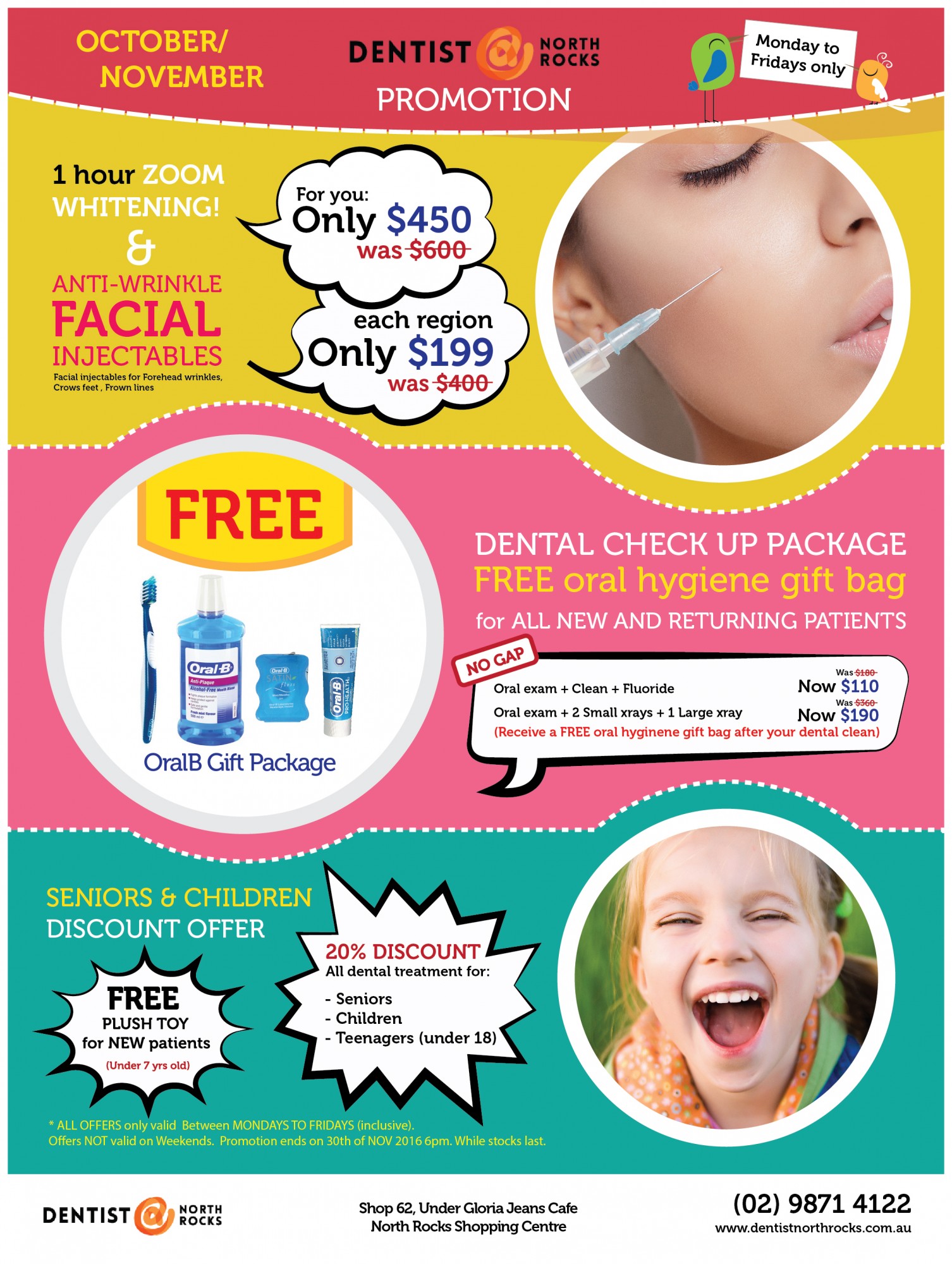Author Archives: Carlingford
Information Disclaimer
The content of this article is meant for informational purposes only and should not be considered a source of professional advice, recommendations, or endorsements. It is not a substitute for seeking expert guidance or making well-informed decisions based on individual circumstances. Although we strive for accuracy and reliability, we cannot guarantee the information's completeness or suitability for all situations. Readers are urged to verify facts, consult experts, and consider their own context before taking actions or decisions based on this content. No warranties, explicit or implied, are provided regarding the accuracy, timeliness, or completeness of the presented information. Relying on this information is at the reader's own discretion and risk. We encourage readers to consult relevant professionals or experts for advice tailored to their specific needs. Neither the author, publisher, nor any affiliated parties will be held responsible for errors, omissions, or damages resulting from the use or reliance on the information in this article.
Healthy Habits, but Bad for Teeth
Diet and medical advice over the past few years have promoted various healthy habits. But while some of these things may be good for our health they can compromise our teeth.
- Fruit Juice – Juices contain sugar. Varieties made at home in a blender are a little better than commercial varieties, but in both cases, the sugar is bad for the teeth. Many juices have as much sugar as a soft drink.
Avoid drinking sugar on an empty stomach, to avoid a sugar rush. Our bodies should be digesting fibre with the juice, which is the way it occurs in natural fruit. The juice on its own is a bit strong.
Drinking with a straw reduces the impact on the teeth.
Gargling water after drinking juice will help clean the mouth and greatly reduce the harm. - Bottled Water – Water is healthy and essential. But bottled water can be so pure that it does not have fluoride.
Tap water contains fluoride, which helps reduce tooth decay. Drinking bottled water causes us to miss out on this fluoride. Dentists have noticed the general increase in decay since the start of the bottled water fad.
Gargling tap water, or mouthwash, will give our teeth some much-needed fluoride. - Sports Drinks – These are full of sugar and bad for teeth. They are as bad as a soft drink. The health benefits of sports drinks are still debatable. Perhaps drinking them once a week when actually playing sports is acceptable. But no more than this.
- Cough Lozenges – Use these if you really do have a sore throat. But remember that they are full of sugar, so will harm your teeth.
Rinse your mouth out as often as possible, and drink green tea.
Carlingford Dental Advice
Brushing straight after Meals
This was a mistake made by the previous generations and unfortunately made with the best of intentions. Our tooth enamel can be softened after eating or drinking, especially if we consumed acidic foods or soft drinks. If we brush our teeth while the enamel is still soft then we will wear away that enamel and cause damage. This will soon lead to teeth that are sensitive to temperature changes. Hot and cold things will cause pain in the teeth. Wait 30 minutes after eating before brushing your teeth. Rinse with water after eating. Chew sugar-free gum (with Xylitol) after eating.
Information Disclaimer
The content of this article is meant for informational purposes only and should not be considered a source of professional advice, recommendations, or endorsements. It is not a substitute for seeking expert guidance or making well-informed decisions based on individual circumstances. Although we strive for accuracy and reliability, we cannot guarantee the information's completeness or suitability for all situations. Readers are urged to verify facts, consult experts, and consider their own context before taking actions or decisions based on this content. No warranties, explicit or implied, are provided regarding the accuracy, timeliness, or completeness of the presented information. Relying on this information is at the reader's own discretion and risk. We encourage readers to consult relevant professionals or experts for advice tailored to their specific needs. Neither the author, publisher, nor any affiliated parties will be held responsible for errors, omissions, or damages resulting from the use or reliance on the information in this article.
Major Dental Work
Carlingford Dentist
Almost nobody can claim that they naturally have perfect teeth. Almost all of us have a little straightening or other major dental work done. Teeth can be straightened with braces, or individual teeth can be replaced with crowns or implants. Many of us also have wisdom teeth removed at some point after our teens, which can affect the rest of our mouths. Sometimes there is a combination of dental treatments over time. The order in which this treatment is done is important.
Carlingford Braces
Braces are possibly the most common means of straightening teeth. They also correct jaw alignment when required.
There are about 10 different types of Brace for teeth. This includes braces placed behind the teeth and braces for people with certain metal allergies.
Braces will move natural teeth, and also move teeth that have crowns or veneers. But they cannot move implants.
Invisalign is an alternative to braces, suitable for less extreme alignment problems. This uses clear retainers to move teeth.
Dental Implants
Implants replace an entire tooth with a highly realistic replica on a metal post. This is a permanent change for a badly damaged or misshaped tooth.
Implants are permanently attached to the jawbone, and cannot be moved by braces.
Wisdom Teeth Removal Carlingford
Wisdom teeth are the final molars that come into the back of the mouth when we are in our late teens or early twenties. These late arriving teeth often cause problems because the mouth does not have sufficient room to accommodate them. Often they are removed.
Order of Operation
Braces are usually the first procedure for straightening teeth. If they are worn as teenagers we receive their benefits for the rest of our lives. But they can be worn by adults if necessary. Braces are fitted, used, and removed before any implants because braces are unable to move an implant. Occasionally braces might be used to move other teeth relative to the implanted teeth, but this is rare. Implants are usually used when the other teeth in the mouth have been corrected. Wisdom teeth may be extracted before or after orthodontic braces. If the wisdom teeth are dealt with early on, as soon as they appear, they should not disrupt the benefits of the braces.
Information Disclaimer
The content of this article is meant for informational purposes only and should not be considered a source of professional advice, recommendations, or endorsements. It is not a substitute for seeking expert guidance or making well-informed decisions based on individual circumstances. Although we strive for accuracy and reliability, we cannot guarantee the information's completeness or suitability for all situations. Readers are urged to verify facts, consult experts, and consider their own context before taking actions or decisions based on this content. No warranties, explicit or implied, are provided regarding the accuracy, timeliness, or completeness of the presented information. Relying on this information is at the reader's own discretion and risk. We encourage readers to consult relevant professionals or experts for advice tailored to their specific needs. Neither the author, publisher, nor any affiliated parties will be held responsible for errors, omissions, or damages resulting from the use or reliance on the information in this article.
Dental Sealants
Dental Sealants
Our back molar teeth sometimes suffer decay on the top surface, despite our best effort to brush and clean our teeth. This is because the top surface of these molar teeth is indented and grooved. This rough tooth surface is beneficial for chewing, but the small spaces here can be hard to clean. The pits and grooves on the top of our molars may be smaller than the bristles of our toothbrushes, so food and bacteria in these spaces are difficult to remove. This leads to tooth decay.
Devices like Waterpik can help clean these small spaces on the molars. Mouthwash can help too. But most of us don’t have a Waterpik, and even mouthwash cannot remove all the debris. So other preventative means against decay must be used.
The problem in cleaning these molar teeth seems to be more prevalent in children who still have their baby teeth.
Sealants
Dental sealants can help prevent decay on the back molar teeth. These sealants fill in the small spaces on the top of the molars, so there are fewer places for food and bacteria to be trapped. It is a relatively easier task to clean out the larger spaces.
Dental sealants will not fill in the large indentations on the back molars, so chewing is not affected.
Dental sealants developed over the course of the 20th century. Modern sealants are based on resin or glass ionomers. They are applied to the molars once the surface has been slightly roughened with acid etching, and quickly harden.
Ongoing research shows that sealants greatly reduce the amount or serious decay in back molar teeth. Newer sealants that contain fluoride seem to be even more effective than earlier types of sealants.
Dental sealants are reasonably straightforward to apply, and last for several years; 5 to 10 years is not uncommon. With children, the sealants will usually last as long as the baby’s teeth, so any new sealants will be applied to the permanent teeth.
Unfortunately, it is not possible to apply sealants to the other teeth in the mouth. Sealants only work on the rough surface of the back molars. The smooth surface of the front teeth will not hold a sealant. But as these smooth surfaces are much easier to clean the application of a sealant would not be appropriate or necessary.
Carlingford Dental
If you or your children have problems keeping the back molars clean then talk to your Carlingford Dentist about sealants for these back teeth.
Information Disclaimer
The content of this article is meant for informational purposes only and should not be considered a source of professional advice, recommendations, or endorsements. It is not a substitute for seeking expert guidance or making well-informed decisions based on individual circumstances. Although we strive for accuracy and reliability, we cannot guarantee the information's completeness or suitability for all situations. Readers are urged to verify facts, consult experts, and consider their own context before taking actions or decisions based on this content. No warranties, explicit or implied, are provided regarding the accuracy, timeliness, or completeness of the presented information. Relying on this information is at the reader's own discretion and risk. We encourage readers to consult relevant professionals or experts for advice tailored to their specific needs. Neither the author, publisher, nor any affiliated parties will be held responsible for errors, omissions, or damages resulting from the use or reliance on the information in this article.
Advantages of Dental Implants
Implants are a modern and reliable way to replace lost or badly damaged teeth. The implant looks and functions like a natural tooth.
Implants generally consist of a realistic replica tooth affixed to a metal post, though there are now some new emerging technologies that work with different materials.
The metal post is made of titanium which is implanted in the jawbone. Titanium is used because it bond to the bone at a molecular level (Osseointegration); this provided a very secure joint.
Till recently the outer replica tooth for implants was made of porcelain. This material looked very natural and was reasonably strong. But new implants are now using lithium disilicate or zirconia materials. Zirconia is significantly stronger than porcelain and its translucent qualities mean that it looks very realistic; this is used for replacing teeth at the front of the mouth. Lithium disilicate is an even stronger material, though it does not look quite as realistic in appearance; it is used for replacing the molars at the back of the mouth.
Some new technologies may bypass the metal post and make a tooth entirely out of lithium disilicate or Zirconia.
Dentist Implants Advantages:
- Unlike dentures the implants are permanent.
- Unlike bridges, the surrounding teeth do not need to be altered.
- Implants only require the same care, brushing, and flossing, that we should give to natural teeth.
- Complications from implants are quite uncommon
- Implants are very reliable, lasting for decades under normal conditions.
Looking for a Dentist in Carlingford?
Dental implants require two or three dental visits. But once affixed to the jaw they feel and function like natural teeth Patients can forget they even have implants. It is best to look after and keep our natural teeth. But dental implants provide a reliable alternative if we ever lose a tooth to damage or misadventure.
Information Disclaimer
The content of this article is meant for informational purposes only and should not be considered a source of professional advice, recommendations, or endorsements. It is not a substitute for seeking expert guidance or making well-informed decisions based on individual circumstances. Although we strive for accuracy and reliability, we cannot guarantee the information's completeness or suitability for all situations. Readers are urged to verify facts, consult experts, and consider their own context before taking actions or decisions based on this content. No warranties, explicit or implied, are provided regarding the accuracy, timeliness, or completeness of the presented information. Relying on this information is at the reader's own discretion and risk. We encourage readers to consult relevant professionals or experts for advice tailored to their specific needs. Neither the author, publisher, nor any affiliated parties will be held responsible for errors, omissions, or damages resulting from the use or reliance on the information in this article.
Types of Dental Braces
Braces remain one of the most common methods of straightening teeth. They are effective, even if they are initially awkward and uncomfortable. But braces as a teenager mean neat, functional teeth for the rest of one’s adult life.
Modern braces improve over older technology. The principles remain the same, but there are fewer intrusive parts, resulting in less irritation to the mouth. Some modern options are either transparent or tooth coloured, so they are less noticeable.
Traditional Braces
These are effective for any type of tooth and jaw alignment problem. They are moderately priced and will usually align the teeth in the space of about two years, depending on the severity of the problem.
Ceramic Braces
These are similar to traditional braces, but the main brackets are ceramic rather than metal, and the wires are transparent. This makes the braces less noticeable.
That is as effective as traditional braces, but they do cost more.
Lingual Braces
These are mounted behind the teeth, so they are virtually unnoticeable to any observer. But they can be very initially more painful. And they do require more maintenance, cleaning, and more frequent visits to the orthodontist.
Lingual braces are more expensive and are not suitable for some types of orthodontic treatment.
Carlingford Dental Alternative Options
There are some alternatives to braces
Invisalign
These are a series of clear aligners that can correct many minor alignment problems. They are largely unnoticeable and cause minimal discomfort. They can even be removed for eating.
Adults often prefer Invisalign, perhaps feeling that braces make them look like teenagers.
Carlingford Dentist for your Braces
There are many ways to achieve attractive, well-functioning teeth. The initial discomfort is worthwhile as the results last a lifetime.
Information Disclaimer
The content of this article is meant for informational purposes only and should not be considered a source of professional advice, recommendations, or endorsements. It is not a substitute for seeking expert guidance or making well-informed decisions based on individual circumstances. Although we strive for accuracy and reliability, we cannot guarantee the information's completeness or suitability for all situations. Readers are urged to verify facts, consult experts, and consider their own context before taking actions or decisions based on this content. No warranties, explicit or implied, are provided regarding the accuracy, timeliness, or completeness of the presented information. Relying on this information is at the reader's own discretion and risk. We encourage readers to consult relevant professionals or experts for advice tailored to their specific needs. Neither the author, publisher, nor any affiliated parties will be held responsible for errors, omissions, or damages resulting from the use or reliance on the information in this article.
Information Disclaimer
The content of this article is meant for informational purposes only and should not be considered a source of professional advice, recommendations, or endorsements. It is not a substitute for seeking expert guidance or making well-informed decisions based on individual circumstances. Although we strive for accuracy and reliability, we cannot guarantee the information's completeness or suitability for all situations. Readers are urged to verify facts, consult experts, and consider their own context before taking actions or decisions based on this content. No warranties, explicit or implied, are provided regarding the accuracy, timeliness, or completeness of the presented information. Relying on this information is at the reader's own discretion and risk. We encourage readers to consult relevant professionals or experts for advice tailored to their specific needs. Neither the author, publisher, nor any affiliated parties will be held responsible for errors, omissions, or damages resulting from the use or reliance on the information in this article.

